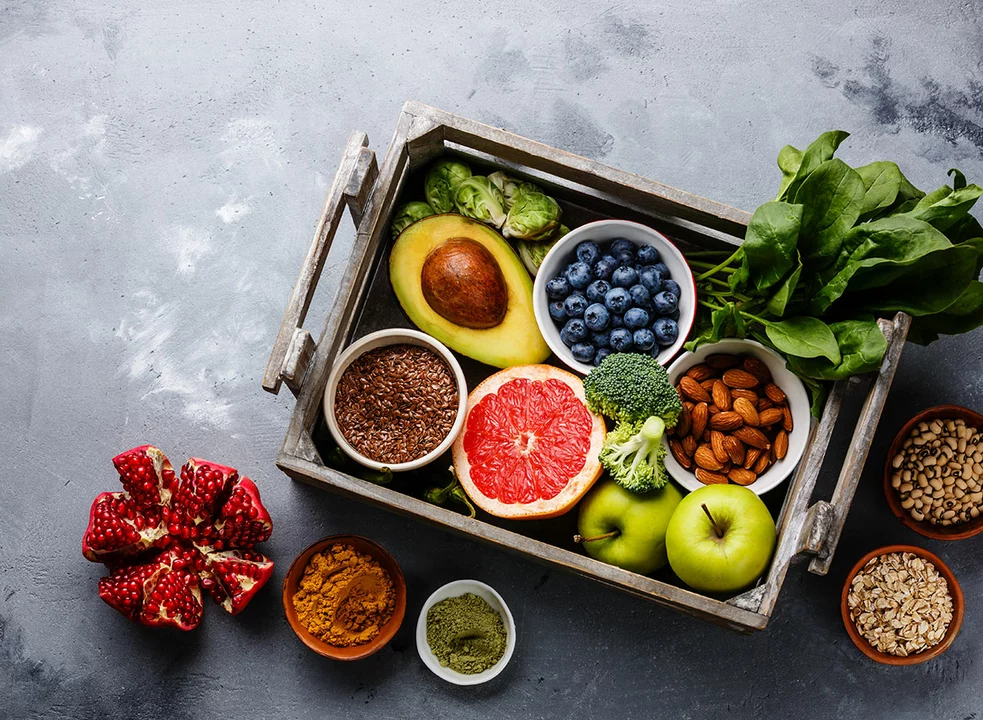Traditional Dishes: Timeless Flavors You Can Cook Today
If you love food that tells a story, you’re in the right place. Traditional dishes are more than just meals – they’re a snapshot of a region’s history, climate, and celebrations. In this guide we’ll show you how to bring those classic flavors into your kitchen without needing a culinary degree.
Why Traditional Recipes Still Matter
Every traditional dish started as a solution to a local problem: a way to stretch scarce ingredients, a method to preserve food, or a festive treat for a special occasion. Those reasons give each recipe a purpose that modern shortcuts often miss. When you follow a traditional method, you’re honoring the people who invented it and preserving a piece of culture for future generations.
Take the humble dal, for example. It began as a simple legume stew that could feed a family for days. Today, each region adds its own spice blend, creating countless variations. The same principle applies to breads, soups, and desserts – the core ingredient stays the same, but the local twist makes it unique.
Getting Started: Tools and Tips
Most traditional dishes need just a few basic tools: a sturdy pot, a heavy‑bottomed pan, and a reliable knife. Don’t worry about fancy gadgets; the magic is in the technique. Here are three quick tips to boost your success:
- Prep ahead: Many recipes call for soaking beans, marinating meat, or grinding spices. Planning a day before saves time and improves flavor.
- Respect the heat: Traditional cooking often relies on low, slow simmering. Keep the flame moderate and give flavors time to meld.
- Use authentic spices: Freshly toasted cumin, coriander, or fenugreek can change a dish from bland to brilliant. A small mortar and pestle does the trick.
Now, let’s walk through a couple of crowd‑pleasing classics.
Recipe Spotlight: Hearty Vegetable Stew
This stew is a staple in many households across the subcontinent. It combines readily available vegetables with a simple spice mix, making it perfect for weeknight dinners.
Ingredients:
- 2 cups mixed vegetables (carrots, potatoes, beans, peas)
- 1 large onion, finely chopped
- 2 tomatoes, diced
- 1 tsp cumin seeds
- 1 tsp turmeric powder
- 1 tsp garam masala
- Salt to taste
- 2 tbsp cooking oil
- 4 cups water or vegetable broth
Method:
- Heat oil in a pot and add cumin seeds. Let them sizzle for a few seconds.
- Add onions and sauté until golden.
- Stir in tomatoes, turmeric, and a pinch of salt. Cook until tomatoes break down.
- Throw in the vegetables, mix well, then pour in water or broth.
- Bring to a boil, then lower the heat and let it simmer for 20‑25 minutes, or until veggies are tender.
- Finish with garam masala, give a quick stir, and serve hot with rice or flatbread.
The result is a comforting bowl that feels like a warm hug on a rainy day. You can swap veggies based on what’s in season – that’s the beauty of traditional cooking.
Recipe Spotlight: Simple Sweet Rice Pudding
This dessert appears at festivals, weddings, and family gatherings. It’s made with just rice, milk, sugar, and a hint of cardamom.
Ingredients:
- 1/2 cup short‑grain rice
- 4 cups whole milk
- 1/3 cup sugar
- 1/2 tsp cardamom powder
- A handful of raisins or chopped nuts (optional)
Method:
- Rinse rice thoroughly and soak for 15 minutes.
- In a thick‑bottomed pan, combine rice and milk. Bring to a gentle boil.
- Reduce heat and stir constantly to avoid sticking. Cook for 20‑25 minutes until rice is soft and the mixture thickens.
- Add sugar and cardamom, continue stirring for another 5 minutes.
- Remove from heat, let it cool slightly, then garnish with raisins or nuts if you like.
The pudding can be served warm or chilled, and it captures the sweet nostalgia of countless celebrations.
Traditional dishes are a gateway to culture, family, and comfort. By mastering a few core techniques and respecting the original ingredients, you can recreate these timeless meals at home. So grab your pots, fire up the stove, and let the flavors of the past enrich your present meals.
What is the most unhealthy Indian food?
As a food enthusiast, I've always been curious about the health aspects of various cuisines. Recently, I delved into the world of Indian food to find out which dish could be considered the most unhealthy. After extensive research, I discovered that the popular dish, Samosas, takes the top spot due to its high calorie and fat content, primarily due to deep-frying. Moreover, the potato stuffing adds to the carbohydrate load, making it quite unhealthy when consumed in large quantities. However, it's essential to remember that moderation is key, and enjoying an occasional samosa should not be a cause for concern.
